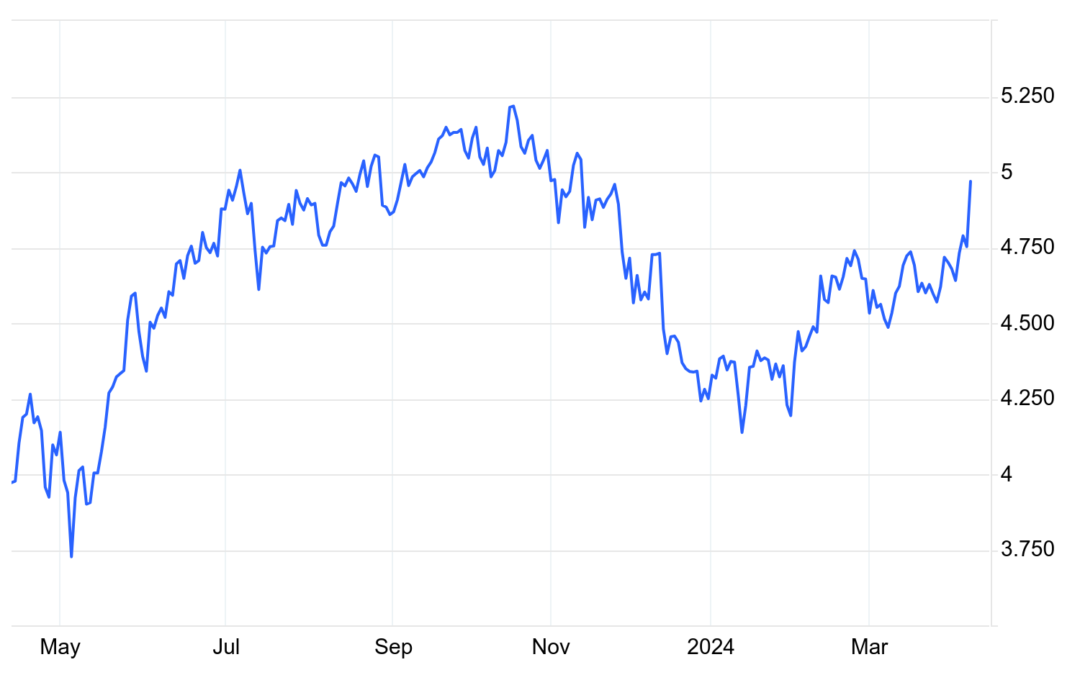U.S. Consumer Prices Rose 3.5 Percent in March, Hotter Than Expected
The Consumer Price Index (CPI) experienced a more rapid increase than anticipated in March 2024, driving up inflation and diminishing the likelihood of the Federal Reserve reducing interest rates in the near future.
As a comprehensive gauge of the cost of goods and services throughout the economy, the CPI climbed by 0.4% over the month. This uptick positioned the annual inflation rate at 3.5%, marking a 0.3 percentage point increase from February, according to data from the Labor Department’s Bureau of Labor Statistics released on Wednesday. This exceeded the expectations of economists polled by Dow Jones, who had predicted a monthly rise of 0.3% and an annual rate of 3.4%.
When looking at the core CPI, which excludes the often-fluctuating prices of food and energy, there was also a 0.4% increase on a monthly basis and a 3.8% increase from the previous year. These figures surpassed the forecasts, which had been set at a 0.3% monthly and a 3.7% yearly increase.
The National Association of Realtors chief economist Lawrence Yun commented on March’s CPI data saying, “March 2024 inflation figures were very bad, which also means bad news for interest rates. Consumer prices reaccelerated to 3.5%. This is higher than the 2% target inflation, which raises eyebrows regarding the Federal Reserve’s delay in cutting interest rates. The bond market immediately responded with high yields to compensate for the loss in purchasing power. Mortgage rates, unfortunately, will move a notch higher and are likely to cross above 7% in the upcoming weeks. In addition, the gigantic federal budget deficit will soak up more borrowing, thereby leaving less for mortgage borrowing.”
“One strange data point is rent, which the official data shows at 5.8%. The unofficial data from the apartment industry indicates falling rent due to over-construction. If rent data calms, then overall inflation will automatically be lower. It is, therefore, possible to get to the 2% inflation target by year’s end, even with bumps and delays”, concludes Yun.

